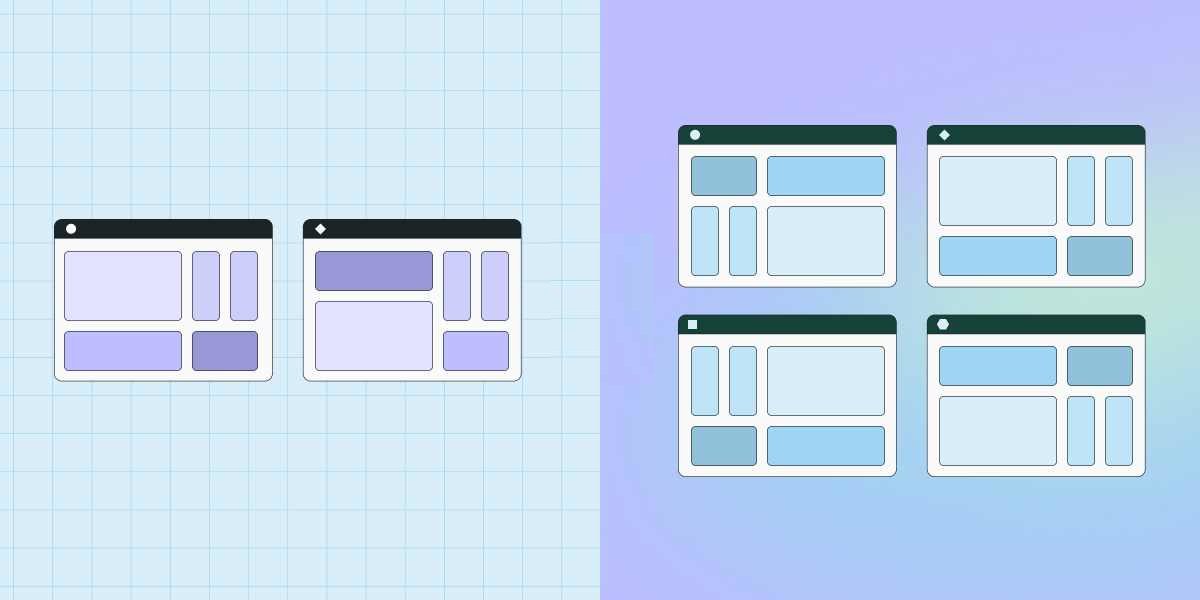What is Google Analytics?

Businesses rely on web analytics to understand their customers and make informed decisions.
Google Analytics has become the go-to tool for many businesses looking to understand their customers and make data-driven decisions. But how exactly does this ubiquitous web analytics platform work behind the scenes? Let's dive in and explore its inner workings, as well as consider why alternatives like Statsig might be worth a look.
The engine behind Google Analytics
At its core, Google Analytics relies on three key components:
JavaScript page tags
Cookies
Data processing and reporting
JavaScript: The data collector
Google Analytics uses JavaScript tags embedded in your website's code to collect data on visitor interactions. These tags act like digital spies, reporting back to Google's servers whenever a user interacts with your site.
Cookies: The memory bank
Cookies play a crucial role in Google Analytics' ability to track user behavior over time. By placing small text files on visitors' devices, Google Analytics can:
Identify returning visitors
Track behavior across multiple sessions
Gather demographic information
However, this reliance on cookies has its downsides. If a user has disabled cookies or uses ad-blocking software, Google Analytics may miss out on valuable data.
Data processing and reporting: The insights engine
Once collected, Google Analytics processes this raw data into customizable reports. These reports allow you to:
Monitor key metrics like traffic, bounce rates, and conversions
Identify trends and patterns in user behavior
Segment data based on various criteria
For more information on integrating Google Analytics with other tools, consider checking out Statsig's Google Analytics integration, which enhances your existing Google Analytics tracking with additional data collected by Statsig's logging SDKs.
Advanced Features
Google Analytics isn't just about pageviews and bounce rates. It also offers:
Advanced data visualization tools
Machine learning-powered insights
Integration with other Google products like Ads and Search Console
While these features are powerful, they may be overkill for some businesses or lack the specific functionality others need.
Questions?

The Statsig alternative: A more focused approach
While Google Analytics excels at web analytics, platforms like Statsig offer a more specialized solution for feature management and experimentation. Here's how Statsig stands out:
Focus on experimentation: Statsig's platform is built for A/B testing and feature flagging, making it easier to iterate and improve your product. Statsig provides a robust experimentation framework with minimal engineering efforts and a powerful console for decision-making.
User segmentation: Unlike Google Analytics, Statsig allows you to easily target specific user groups with different features or experiments, giving you full control over the user experience with features like feature gating.
Real-time capabilities: Make data-driven decisions faster with Statsig's real-time experimentation tools, allowing you to roll out or rollback features in a single click.
Developer-friendly: Statsig integrates seamlessly into your existing workflow, reducing implementation headaches. The SDKs are designed with experimentation as a first-class citizen, providing reliable and resilient event logging capabilities.
Flexible pricing: Statsig's pricing model scales with your usage, making it accessible for startups and small businesses while still offering enterprise-grade capabilities.
For those interested in getting started with Statsig's SDKs, you can explore the Getting Started guide for more information on how to implement and take advantage of Statsig's features.
Choosing the right tool for your needs
While Google Analytics remains a powerful option for general web analytics, it's worth considering alternatives like Statsig if your focus is on rapid experimentation and feature management. By understanding the strengths and limitations of each platform, you can choose the tool that best aligns with your business goals and development workflow.
Remember, the most important thing is not just collecting data, but using it to make informed decisions that drive your business forward. Whether you choose Google Analytics, Statsig, or another solution, make sure it empowers you to turn insights into action.
Request a demo




